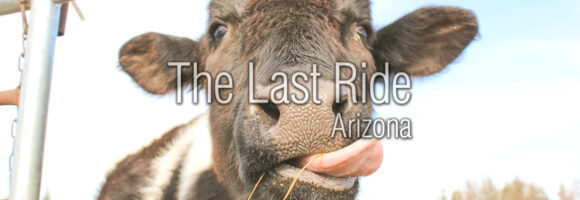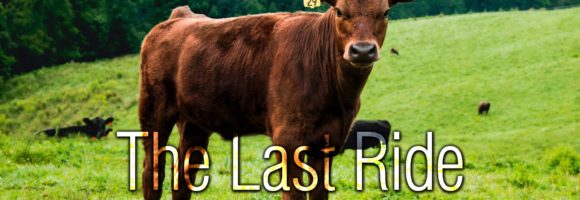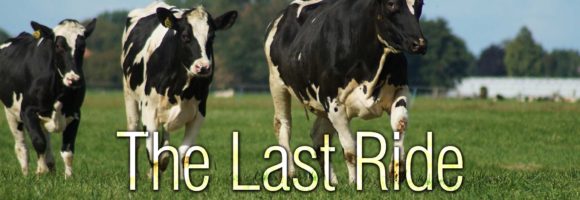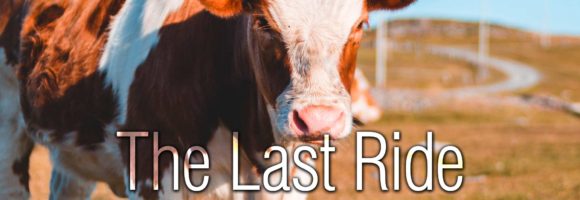Reduce Heat Stress in Dairy Cows with Improved Air Flow

Perhaps the easiest way to help to prevent heat stress or even to reduce heat stress in dairy cows is to find ways to keep the cows cool. The most practical ways to accomplish this goal are to group the cows in shade or to provide ventilation or a cooling system in their holding areas or in other areas where they generally spend a great deal of time, such as feeding areas.
Utilizing fans and sprinkler systems can be a highly effective way to keep your dairy cattle cool. Of course, this will require a significant financial investment while increasing your overall operating costs. As such, it may not be a very practical solution for your situation. A less expensive option – and still a very effective option – is to install a basic ventilation system. Side inlet ventilation and ridge outlet ventilation can go a long way toward increasing air flow and helping your dairy cows to stay cool.
If you are not sure about the quality of the airflow in your buildings, you can quickly and easily conduct a test with the help of a smoke cartridge. This will also help you to better determine what other physical improvements you can make to help increase the overall comfort of your dairy cows. You may be surprised to learn that research has found that an airflow of as low as 10 km per hour can reduce the respiration rates in heat stressed animals by as much as 50 percent. That makes it a change that is certainly worth making!


